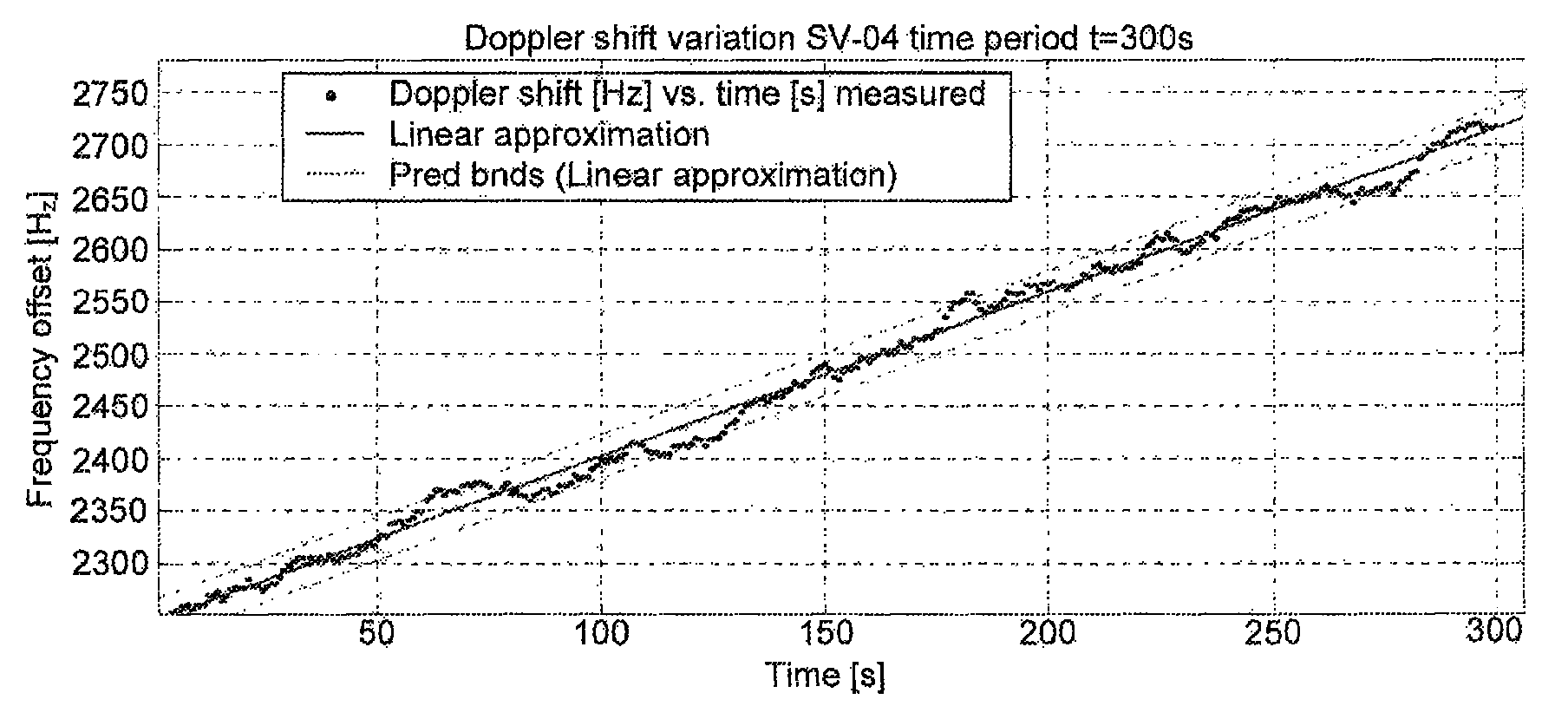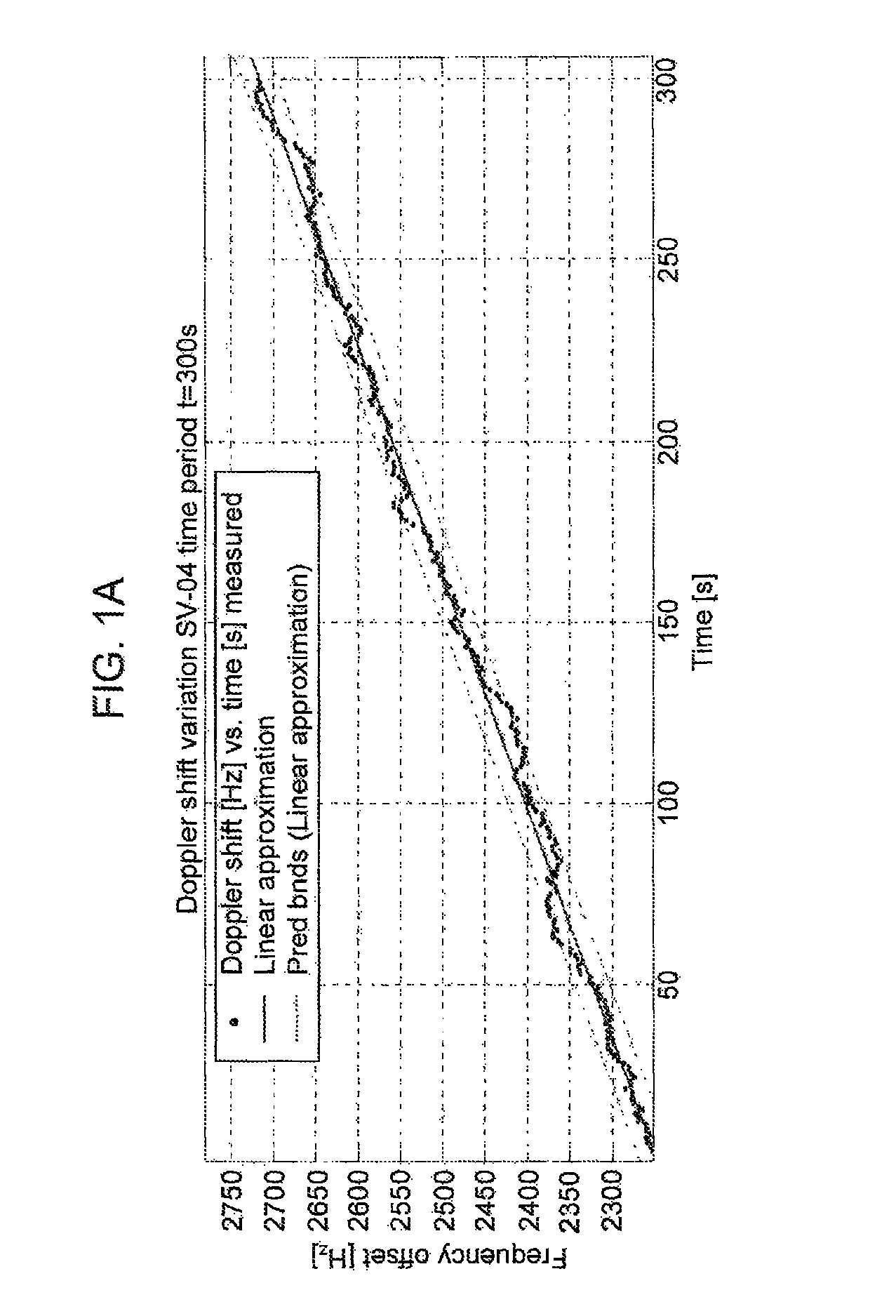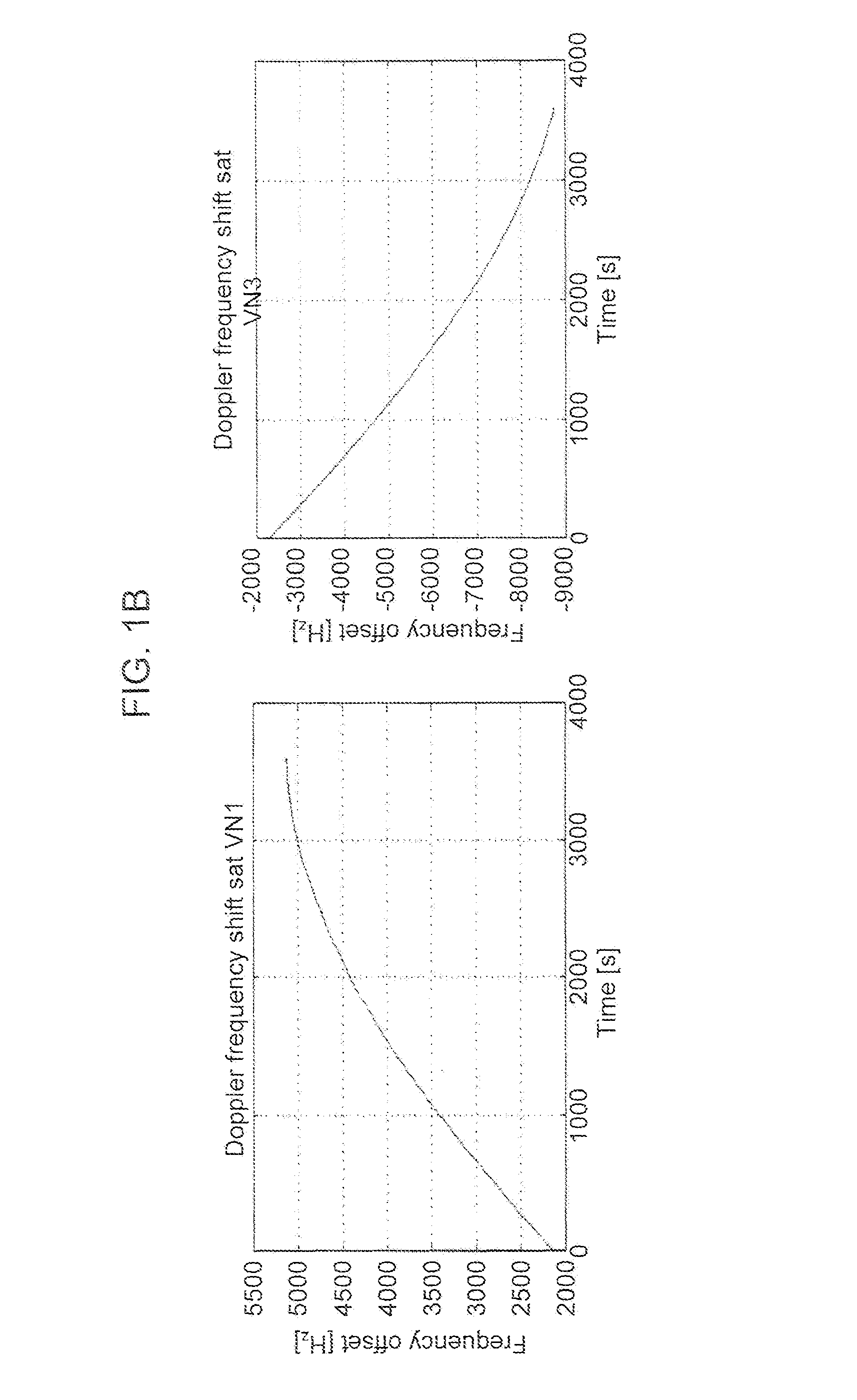Method to secure GNSS based locations in a device having GNSS receiver
a technology of gnss receiver and location security, which is applied in the field of method to secure gnss based locations in a device having gnss receiver, can solve the problems of misuse of commercial instantiations of gnss systems, which are within the scope of this paper, and neither the user nor any application running in the computing platform is misled to utilize erroneous position information
- Summary
- Abstract
- Description
- Claims
- Application Information
AI Technical Summary
Benefits of technology
Problems solved by technology
Method used
Image
Examples
Embodiment Construction
Method Functionality and Priority of Method Components
[0039]In general, M,V and B can be values of single parameters or they can be multi-values, that is, each of M,V, and B can be a vector, array, or set of values, and the method can operate on those vectors, arrays, or sets of values. Accordingly, the metric thresholds, d1 and d2, can be single or multi-values. The parameters in consideration are physical GNSS signal parameters and / or GNSS message fields, and / or any quantity that can be calculated based on those and / or any quantity that relates to these parameters can be obtained by the encompassing system or be a priori known. The following describes the basic method as well as variants of the basic method.
[0040]At a very basic level, the receiver collects data for a given parameter during periods of time it deems it is not under attack; referred to as the normal mode. Second, based on the normal mode data, the receiver predicts the value of the parameter in the future. When it s...
PUM
 Login to View More
Login to View More Abstract
Description
Claims
Application Information
 Login to View More
Login to View More - R&D
- Intellectual Property
- Life Sciences
- Materials
- Tech Scout
- Unparalleled Data Quality
- Higher Quality Content
- 60% Fewer Hallucinations
Browse by: Latest US Patents, China's latest patents, Technical Efficacy Thesaurus, Application Domain, Technology Topic, Popular Technical Reports.
© 2025 PatSnap. All rights reserved.Legal|Privacy policy|Modern Slavery Act Transparency Statement|Sitemap|About US| Contact US: help@patsnap.com



